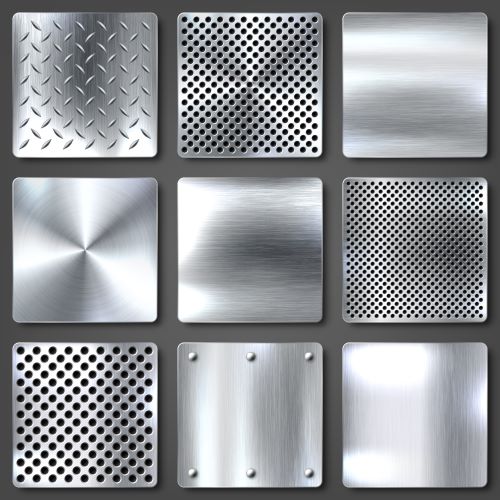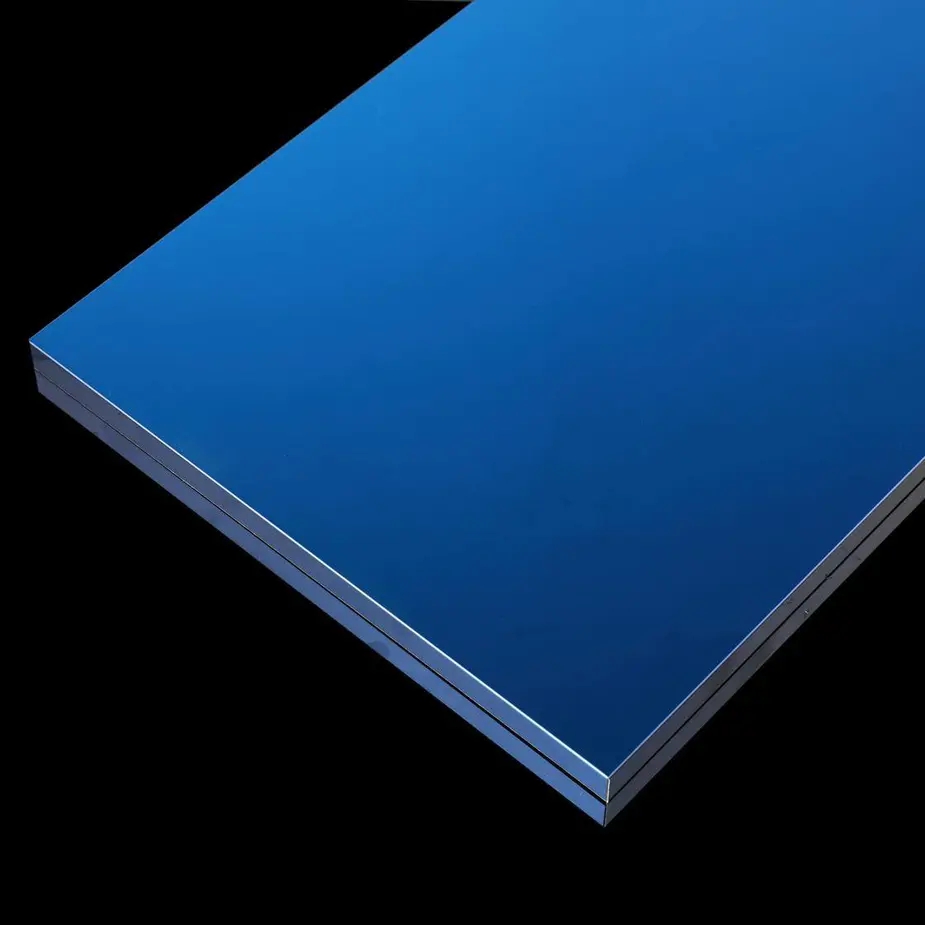Stainless steel is a widely used alloy prized for its durability, corrosion resistance, and sleek appearance. However, many people are unaware that nickel is often a key ingredient in stainless steel. This article explores the composition of stainless steel, the role nickel plays, and important considerations around nickel content.
Understanding Stainless Steel Composition
At its core, stainless steel is an iron-based alloy. What makes it "stainless" is the addition of chromium, typically at least 10.5%, which forms a thin, protective layer of chromium oxide on the surface that resists corrosion and gives stainless steel its shiny finish.
However, stainless steel is not a single substance, but rather a family of alloys with varying compositions tailored for different properties and applications. In addition to iron and chromium, stainless steels often contain other alloying elements such as nickel, molybdenum, titanium, copper, carbon, nitrogen, and manganese.
The Presence of Nickel in Stainless Steel
Nickel is a common additive in many types of stainless steel, with nickel-containing grades accounting for around two-thirds of global stainless steel production. The amount of nickel can range from 1% up to 30% depending on the grade.
Some of the most widely used types of stainless steel, such as Type 304 which contains around 8% nickel and Type 316 which has 10-14% nickel, rely on nickel as a key alloying element. The designations 18/8 and 18/10 often used for these types refer to their chromium and nickel content - 18% chromium and 8-10% nickel.
However, there are also types of stainless steel specifically designed to be nickel-free, either for applications where nickel is undesirable or for people with nickel allergies. These include some ferritic and martensitic grades.
The Role of Nickel in Stainless Steel
So why is nickel used so extensively in stainless steel? As an alloying element, nickel provides several crucial benefits:
-
Nickel stabilizes the austenitic crystal structure of the steel, making it stronger, tougher, and non-magnetic. Higher nickel content increases these effects.
-
Nickel enhances the corrosion resistance of stainless steel, particularly in acidic and high-temperature environments.
-
Nickel improves the formability, weldability, and ductility of stainless steel, making it easier to shape and join.
-
Nickel helps stainless steel maintain its strength and toughness at very low temperatures as well as high temperatures.
In essence, nickel is a key ingredient that makes stainless steel the incredibly versatile and high-performance material we know today. Its unique properties have enabled stainless steel to be used in everything from kitchen appliances and medical devices to chemical plants and architectural facades.
Nickel Health Considerations
While nickel plays an important role in stainless steel, it's important to be aware that nickel can cause allergic reactions in some people. Nickel allergies are one of the most common causes of contact dermatitis.
For people with severe nickel allergies, prolonged skin contact with nickel-containing items can cause itching, redness, and rashes. This is more of a concern for things like jewelry, watches, and eyeglass frames than for most stainless steel items.
The good news is that the nickel in stainless steel tends to be tightly bound in the alloy matrix and not readily released. Stainless steel is actually considered a low-nickel alloy in many standards and is often used for food preparation, medical devices, and even some "hypoallergenic" jewelry for this reason.
However, if you have a severe nickel allergy, it may still be prudent to avoid stainless steel for items with prolonged skin contact. In those cases, you can look for specifically nickel-free types of stainless steel or alternative materials.
Nickel Leaching from Stainless Steel Cookware
One area where nickel content in stainless steel has raised some concerns is in cookware. Some studies have shown that small amounts of nickel can leach from stainless steel pots and pans into food during cooking, especially when cooking acidic foods.
However, the amount of nickel leached is generally quite low and well below safety thresholds for most people. Proper use and care of stainless steel cookware, such as avoiding prolonged storage of acidic foods and not overheating empty pans, can further minimize any nickel leaching.
For people with severe nickel allergies or those looking to limit their nickel exposure, there are also types of stainless steel cookware specifically designed to be very low in nickel, as well as alternative materials like ceramic or glass.
Nickel-Free Stainless Steel Alternatives
While nickel-containing stainless steels are the most common, there are also grades of stainless steel that are designed to be low in nickel or nickel-free. These are often used in applications where nickel is undesirable, such as for people with nickel allergies or in certain food and pharmaceutical processing.
Some examples of low-nickel or nickel-free stainless steels include:
- Ferritic grades like 430 and 439, which contain little to no nickel
- Some duplex grades like LDX 2101, which have very low nickel content around 1.5%
- Specialized nickel-free austenitic grades like PANACEA P558 and BioDur 108, developed specifically for medical applications
These alternative grades can provide many of the key benefits of stainless steel, such as strength and corrosion resistance, without the presence of nickel. However, they may not have the exact same properties as the more common nickel-containing grades and may be more expensive or less widely available.
Conclusion
In summary, nickel is indeed a common ingredient in many types of stainless steel, typically comprising anywhere from 1% to 30% of the alloy. Nickel plays a crucial role in providing stainless steel's signature strength, formability, and corrosion resistance.
However, the presence of nickel is a potential concern for people with nickel allergies. Understanding the composition of stainless steel and the role of nickel can help consumers and manufacturers make informed decisions about where and how to use this incredibly versatile material.
For most applications, the nickel in stainless steel poses no significant health risks. But for those with severe nickel sensitivities, there are low-nickel and nickel-free stainless steels available, as well as alternative materials to consider.
Ultimately, the choice of whether to use nickel-containing stainless steel depends on weighing its unmatched performance characteristics against any specific nickel-related concerns for the intended application and user.


